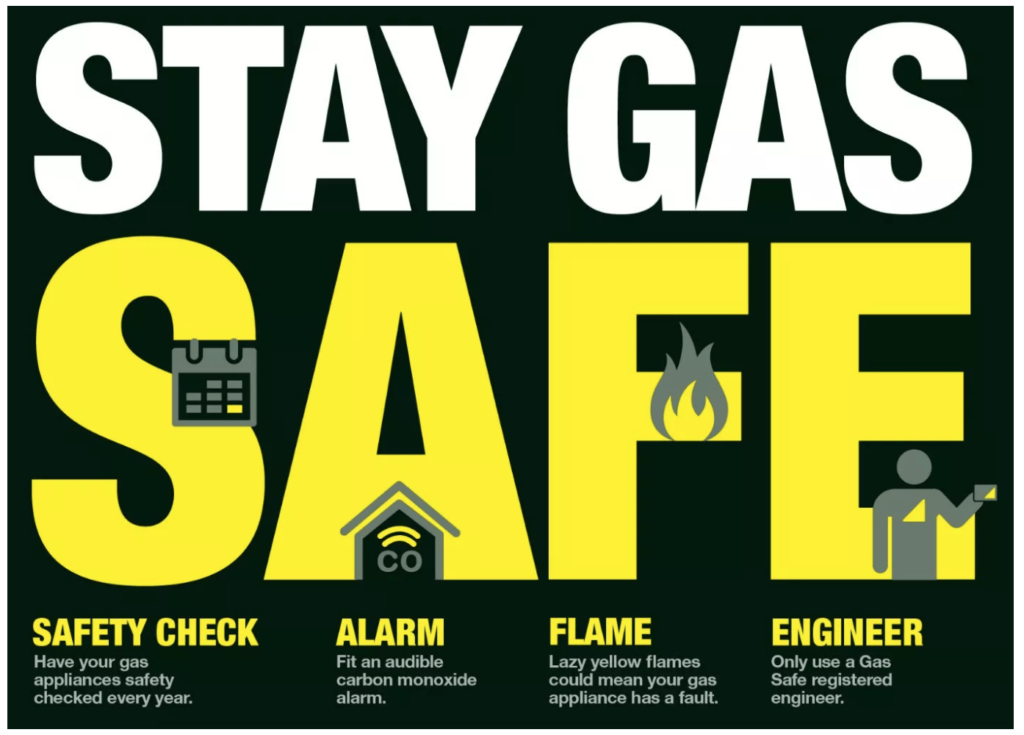Gas fires have evolved in terms of efficiency, design, and popularity in recent years. Gas is clean, convenient and cheap, which is a huge attraction for UK households when they are looking to heat their homes. Modern gas fires are very efficient.
High gas prices have been stretching UK household’s purse strings for a few years now. The desire for maximum efficiency has never been in such demand.
A modern gas fire, such as those found in our range, produces efficiency levels of upwards of 90% with some models. This is a significant improvement compared to, say, a 30-year-old gas fire, which may have an efficiency level closer to 40%. There are homes that still run very old gas fires, many totally unaware of how costly and inefficient they are in comparison to the latest models.

The above fire is an Infinity 780FL Conventional Flue gas fire, which has a range of benefits, including 5.6kW output from a 7.6kW input. It is also hydrogen blend-ready, which means it can run on 20% blended hydrogen. It’s 82% efficient to BS 7977-1:2009. Blending up to 20% hydrogen into the gas grid with 80% existing natural gas could save up to 6 million tonnes of carbon dioxide emissions every year.
What about Gas Stoves?
Gas stoves, like those in our range, including the Paragon 3 Edge, are a relatively new design that has been available for the last few years. In some aspects, they resemble wood-burning stoves but without the work needed to clean them and reload wood. Despite their look, they are still very much a high-efficiency gas fire.
Gas Fires – Advantages
Gas fires have a number of benefits, including:
Efficiency – Natural gas is still currently the lowest cost fuel when it comes to comparing kW usage. It is cheaper than electricity, being able to heat a room with less energy demand.
Hassle-Free – Gas fires are considered hassle-free compared to burning wood. While a gas stove generally can’t compare to the satisfaction of burning wood, for those who don’t have the time or inclination – gas (in the form of a gas stove, if one so desires) is the perfect solution.
Smoke Control Areas – Many parts of the UK do not allow burning wood, except for those on specific appliances (such as those found in the Charlton & Jenrick range), and only if you burn the correct type of fuel. A gas fire is not subject to any smoke control rules, which can be appealing depending on where you live. You can learn more about smoke control areas here.
Lower Your Carbon Footprint – Gas emits less CO2 per kWh than electricity, especially so at peak times, such as early evening and in winter. While electric fires can be high efficiency, the nature of gas means you need less energy to heat a room.
Controlling Your Heating – The controllability of gas easily allows you to adjust your heating and warmth in a home – equally so with electricity too, but leaps and bounds ahead of burning wood, where temperature control is naturally not as responsive. Having said that – this is easily forgiven for those that have a specific love and interest for wood burning stoves.

Gas Safety – Despite the benefits of gas, there are a number of safety considerations you should always be aware of. A gas fire should be serviced regularly. Also, there is always a risk of Carbon Monoxide poisoning if your appliance becomes faulty or is not serviced regularly, which you should be aware of.
Despite these points, gas is still considered a great way to heat a home. It’s clean, efficient and cheap. But that’s not to say there are other heating types that offer a vast array of benefits. The ideal heating source for your home is a choice only you can make.








